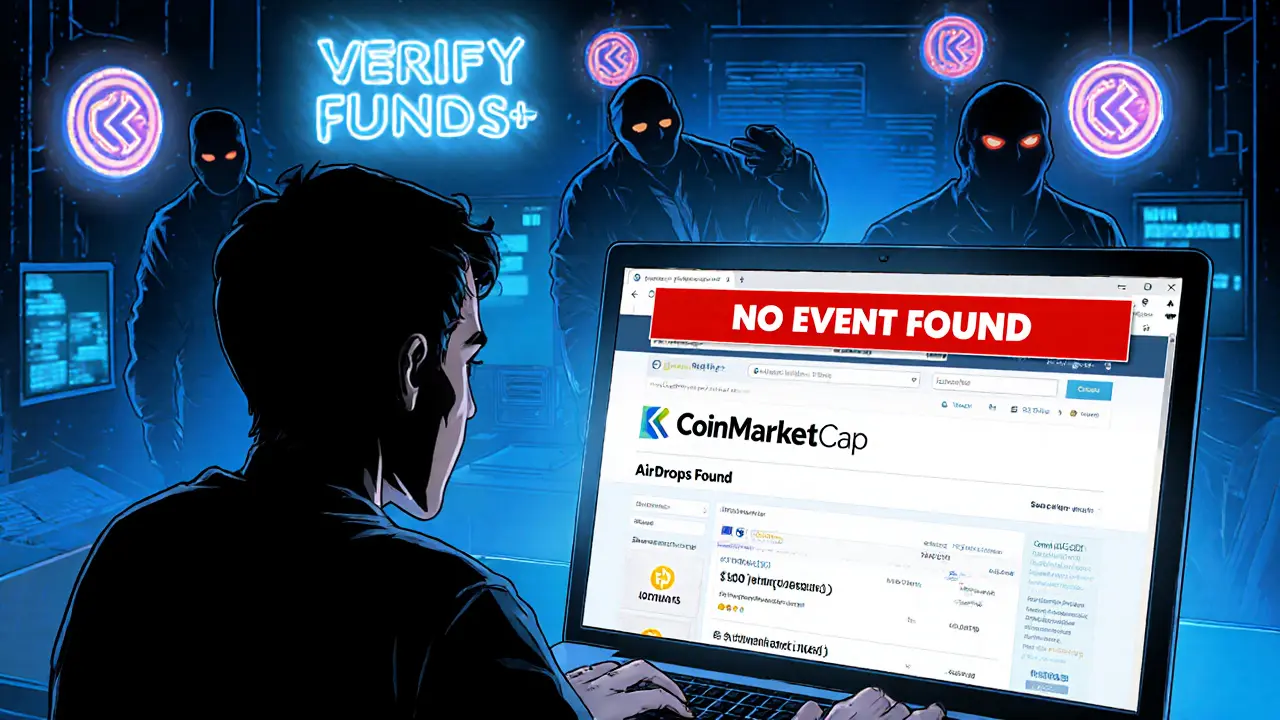KALA Airdrop: How It Works, Who Qualifies, and What to Watch For
When you hear KALA airdrop, a token distribution event tied to a specific blockchain project, often used to bootstrap community adoption. Also known as KALA token giveaway, it’s one of many ways projects hand out free tokens to users who meet basic criteria—like holding a certain coin, using a platform, or joining a community. Unlike fake giveaways that vanish after collecting your wallet address, real airdrops like KALA are tied to actual projects with working tech, teams, and roadmaps. But not all airdrops are equal. Some are low-effort, others require real work—and some are outright scams. The KALA airdrop falls into the middle: it’s not a hype bomb, but it’s not a ghost either.
What makes KALA stand out is its connection to blockchain rewards, a system where users earn tokens for participating in network activities, from staking to governance. This isn’t just free money. It’s designed to align incentives: the more people use the platform, the more value the token gains. That’s why KALA often requires actions like linking a wallet, following social channels, or completing simple tasks. It’s not magic—it’s mechanics. Compare it to the POSI airdrop, a token distribution from Position Exchange that rewarded users for trading activity on CoinMarketCap. Both are similar in structure: trackable, verifiable, and tied to real platforms. But KALA’s team has been quieter, which means less noise, but also less public data. That’s a red flag for some, a sign of focus for others.
You’ll also notice that KALA isn’t listed on big exchanges yet. That’s normal for early-stage airdrops. Most tokens like this launch on decentralized platforms first—think Uniswap or PancakeSwap—before moving to centralized ones. That’s why you need to know how to claim and store your tokens safely. Wallets like MetaMask or Trust Wallet are your best friends here. Never share your private keys. Never click random links saying you’ve won. And always double-check the official project site before doing anything.
What’s next? If you’ve claimed KALA, you’re not done. You need to watch for token unlock schedules, staking opportunities, or governance votes. Some airdrops turn into long-term investments. Others fade after the first week. The difference? Team transparency, real utility, and community activity. Look at the CRDT airdrop, a token distribution with clear claim steps and post-airdrop roadmap. It worked because people knew what to expect. KALA could follow that path—or it could disappear. That’s why the posts below cover everything: how to claim it, what the token does, how it compares to other 2025 airdrops, and the red flags to watch for.
Below, you’ll find real guides from users who’ve been through the KALA process—step by step. No fluff. No promises. Just what worked, what didn’t, and what you should do next.
The KALA 3rd Round KALATA X CMC airdrop is not live as of October 2025. Learn how to spot real campaigns, avoid scams, and prepare your wallet so you're ready when it drops.

